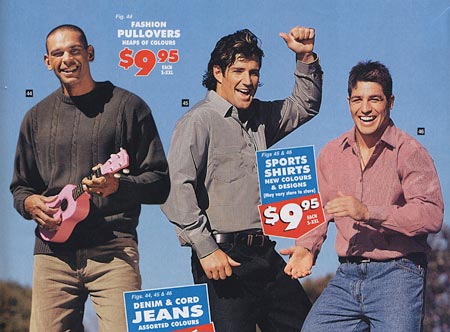Australia: The Car Country
December 24th, 2007 There’s no doubt about it – Australia is a nation of car drivers. It’s understandable in a way, when you consider the size of the place. (You can’t really expect decent public transport in the middle of the Outback.) However, even in major cities like Sydney with good public transport networks (in my opinion!), cars rule the roost:
There’s no doubt about it – Australia is a nation of car drivers. It’s understandable in a way, when you consider the size of the place. (You can’t really expect decent public transport in the middle of the Outback.) However, even in major cities like Sydney with good public transport networks (in my opinion!), cars rule the roost:
- People tend to look at you strangely if you don’t drive a car
- Many roads in the suburbs don’t even have pavements (sidewalks if you’re American) – presumably you’re supposed to drive everywhere, or take your chances walking in the road
- Fuel is cheap (compared to the UK, anyway)
- Many couples have two cars (one car each)
- Sydneysiders love their nice big gas-guzzling 4x4s (complete with roo bars to protect them from all those feral urban kangaroos bouncing down the high street)
- “Camping” for Aussies means taking a tent the size of a small house, 4 fold-up tables, 8 chairs, 2 BBQs, and a portable shower – which of course, means at least one car if not two
- Trains are so slow when you get out of Sydney that you’d be crazy not to go by car. For example, it takes 1.5 hours to drive to Kiama on the south coast (120km south of Sydney), but 2.5-3 hours to go by train. Read the rest of this entry »
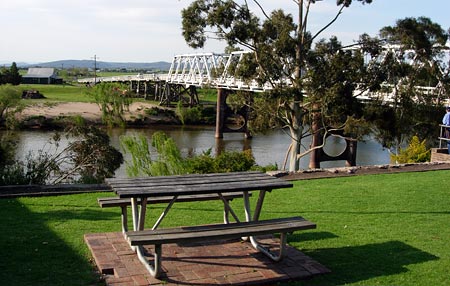


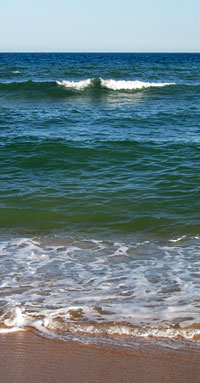 Recently I’ve broken my habit of a morning walk on the beach, thanks to the combined hectic-ness of having a baby, writing a book, and preparing for a trip to the UK. However it’s such a beautiful morning today that I decided to renew my walking habit.
Recently I’ve broken my habit of a morning walk on the beach, thanks to the combined hectic-ness of having a baby, writing a book, and preparing for a trip to the UK. However it’s such a beautiful morning today that I decided to renew my walking habit.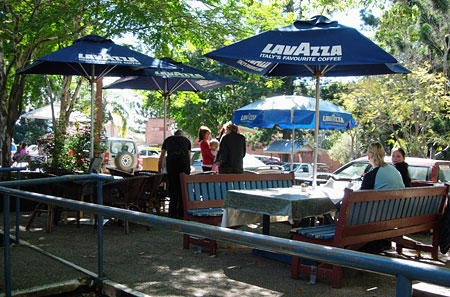
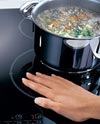 I’m thinking of starting an “Australia: 20 years behind the UK” category…
I’m thinking of starting an “Australia: 20 years behind the UK” category…